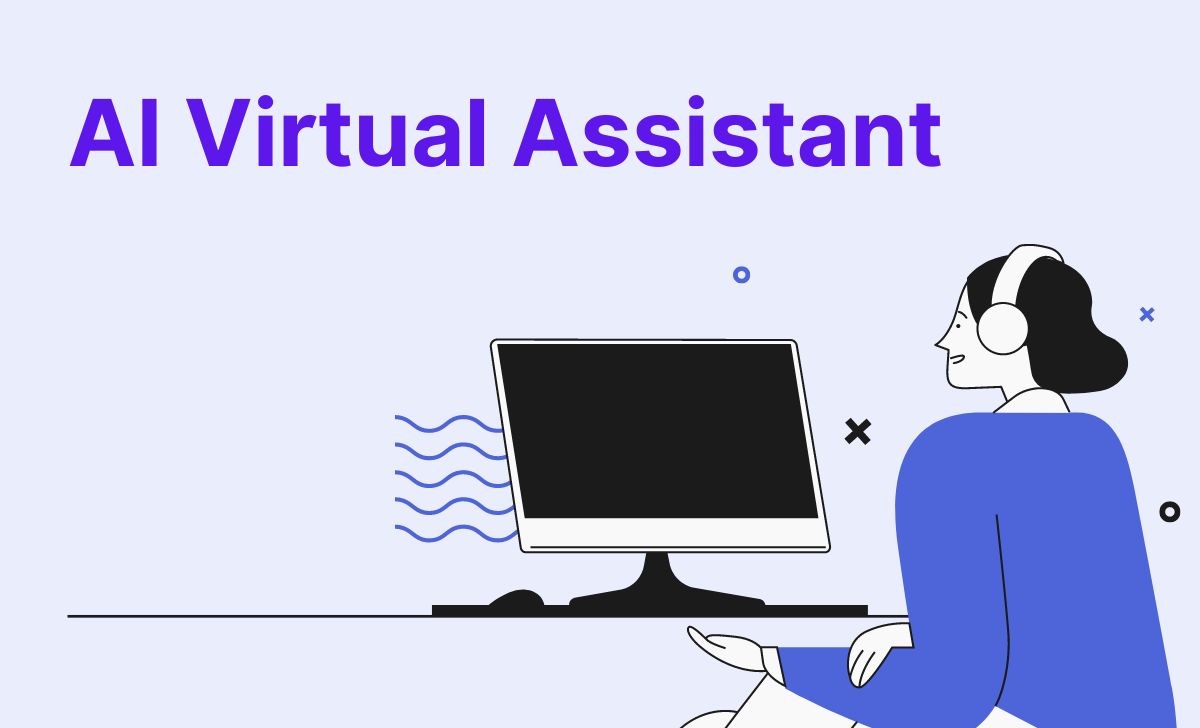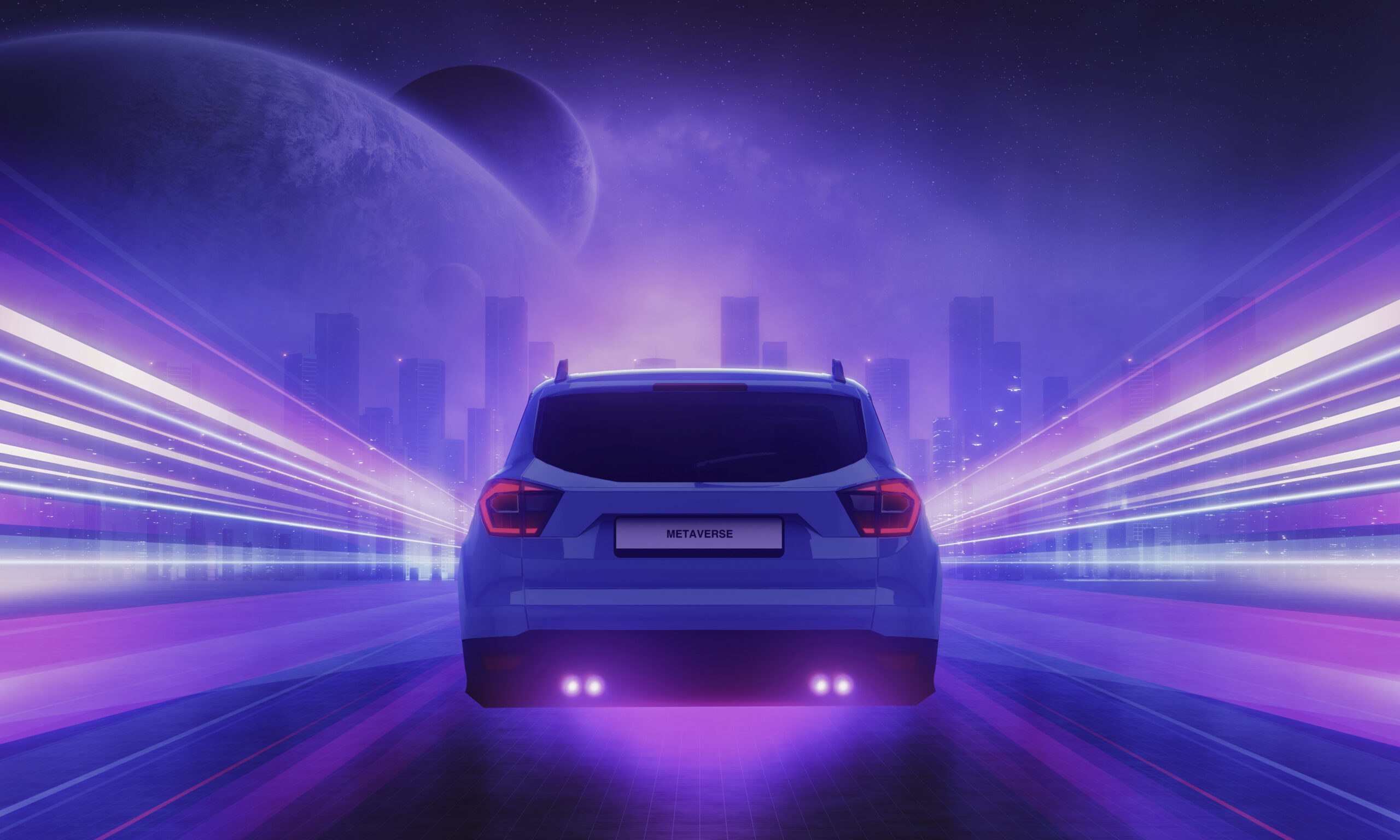|
Listen Now Our Blog Podcast
Getting your Trinity Audio player ready...
|
Introduction:
In the not-so-distant past, the concept of virtual assistants belonged to the realm of science fiction. Today, however, AI-powered virtual assistants have become an integral part of our daily lives, transforming the way we interact with technology and reshaping the future of human-computer interaction. From smartphones and smart speakers to home automation systems and even vehicles, these intelligent companions have penetrated nearly every aspect of modern life. In this blog post, we’ll explore the fascinating world of AI-powered virtual assistants and delve into how they are revolutionizing the way we communicate with machines.
The Rise of Virtual Assistants:
The genesis of AI-powered virtual assistants can be traced back to the early days of artificial intelligence research. The turning point came in 2011 with the launch of Apple’s Siri, the first widely recognized virtual assistant. Siri demonstrated that AI could understand natural language queries and respond contextually, sparking the interest of tech giants like Google, Amazon, and Microsoft, who soon followed suit with their versions.
As the technology evolved, virtual assistants became more sophisticated and capable. Today, they leverage advanced machine learning algorithms, natural language processing (NLP), and deep learning to decipher the nuances of human speech, making interactions with these digital entities feel increasingly natural and intuitive.
Virtual Assistants in Our Daily Lives:
AI-powered virtual assistants have infiltrated various devices and applications, making them ubiquitous in our daily routines. At the core of our interactions with these assistants lies the ability to converse naturally, ask questions, set reminders, control smart home devices, and perform numerous tasks, all through voice commands.
In the world of smartphones, Google’s Assistant and Apple’s Siri have become integral parts of their respective ecosystems. Users can ask for directions, find nearby restaurants, send texts, and even have playful banter with these virtual entities. The hands-free nature of such interactions has enhanced accessibility for people with disabilities and streamlined tasks for busy individuals.
Smart speakers, like Amazon’s Alexa and Microsoft’s Cortana, have further revolutionized the way we interact with our surroundings. These AI-powered assistants have become central hubs for controlling smart home devices, managing calendars, setting timers, playing music, and providing real-time information. They have seamlessly integrated themselves into our lives, becoming valuable members of our households.
Virtual assistants have also found their way into the automotive industry. Many modern vehicles come equipped with AI-powered assistants that allow drivers to navigate, answer calls, and control entertainment systems without taking their hands off the steering wheel, enhancing safety and convenience on the road.
The Advancements in Natural Language Processing:
One of the key advancements that have elevated virtual assistants to their current level of sophistication is Natural Language Processing (NLP). NLP enables virtual assistants to understand the context and intent behind human speech, making conversations more fluid and responsive. Through machine learning, these systems continuously improve their language comprehension, allowing them to adapt to users’ unique linguistic styles and dialects.
With NLP, virtual assistants can now understand complex commands and follow multi-step instructions, reducing the need for users to memorize specific phrases or keywords. This level of flexibility has made them more accessible and appealing to a broader range of users, from tech-savvy individuals to those less familiar with advanced technologies.
Personalization and Context Awareness:
AI-powered virtual assistants are continually learning from user interactions, enabling them to personalize responses based on individual preferences and historical data. They can access users’ calendars, preferences, and search history to provide contextually relevant information and recommendations. This level of context awareness fosters a more personalized and tailored user experience, fostering a stronger bond between the user and the virtual assistant.
Virtual Assistants in Business Environments:
The impact of AI-powered virtual assistants extends beyond personal use cases. In the business world, these digital helpers are becoming indispensable tools for streamlining workflows and enhancing productivity. Virtual assistants can schedule meetings, manage emails, prepare reports, and answer common queries, freeing up employees to focus on higher-value tasks. Their integration with collaboration tools like Slack and Microsoft Teams has further boosted their presence in the workplace.
Security and Ethical Concerns:
As virtual assistants become more prevalent in our lives, questions regarding security and data privacy naturally arise. Users must trust that their personal information remains secure and that these AI systems are programmed ethically. Tech companies are continually improving data encryption and implementing measures to protect user privacy, but users must also stay informed about their digital footprint and exercise caution when sharing sensitive information.
The Road Ahead:
The journey of AI-powered virtual assistants is still in its early stages, and their potential for growth and improvement is boundless. As AI technologies continue to advance, these assistants will become even more intuitive, proactive, and capable of understanding human emotions. We can anticipate a future where virtual assistants seamlessly integrate with our lives, helping us navigate a world where technology is seamlessly interwoven into every aspect of our existence.
Conclusion:
AI-powered virtual assistants have become transformative agents in our relationship with technology, fundamentally changing the way we interact with our devices and surroundings. From enabling hands-free control to delivering personalized experiences, these digital companions have come a long way since their inception. As they continue to evolve, we can expect to see virtual assistants play an increasingly prominent role in our lives, ushering in an era of even more intuitive and interconnected technology. Embracing this evolution responsibly and ethically will be crucial as we unlock the true potential of AI-powered virtual assistants in the years to come.




